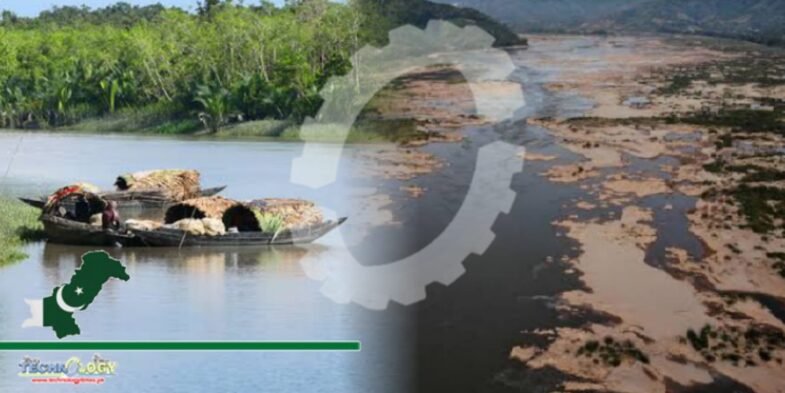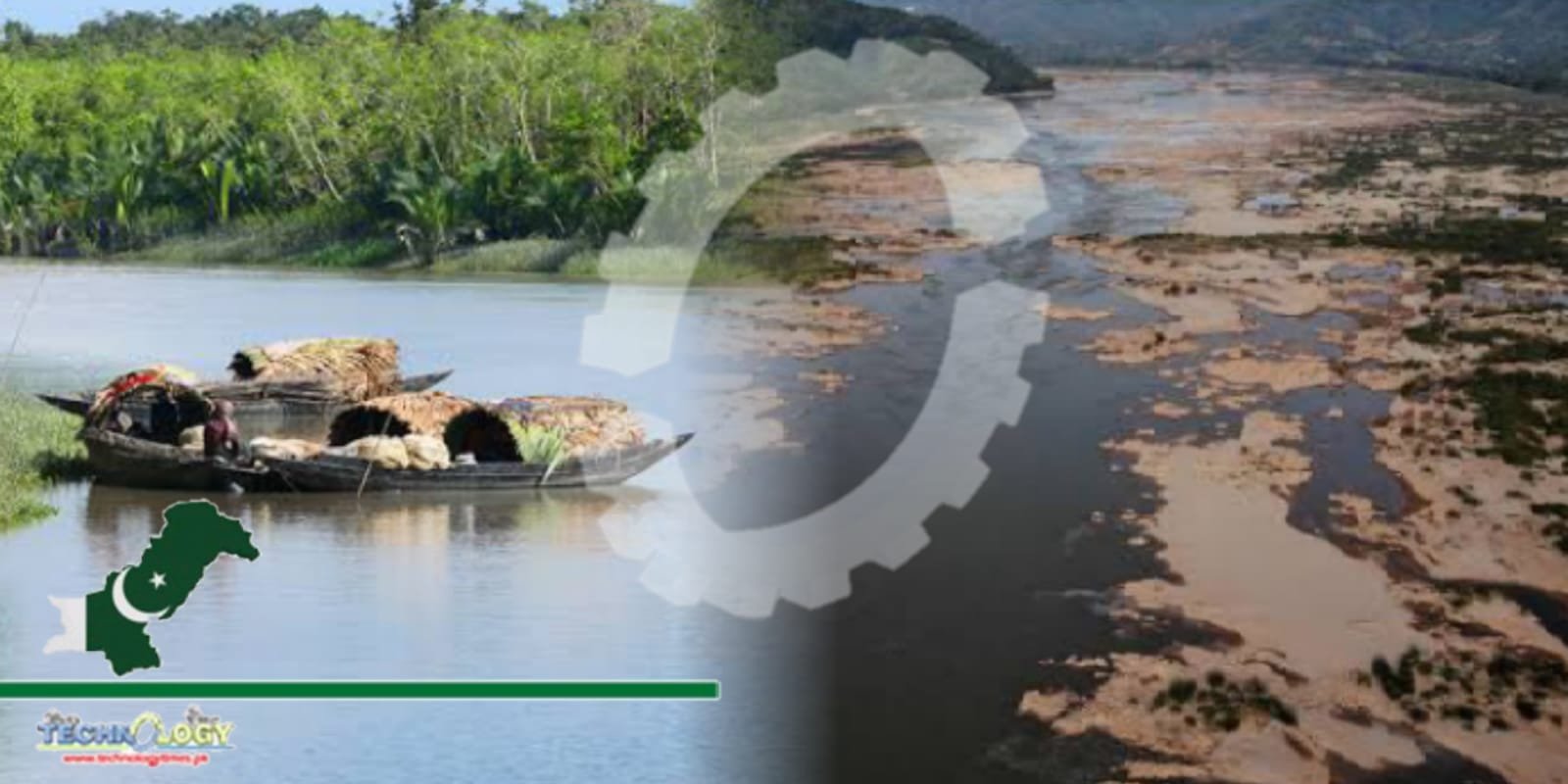Tour guide Adil Lahorei was told by his clients from Eastern Europe that it was time to head north immediately as temperatures hit 40 degrees tourism Celsius in the capital city of Punjab state.

In May, Pakistan witnessed its hottest April in 61 years. March had been the ninth driest since 1961. The heatwave meant Lahore’s traditional springtime had already begun betraying elements of peak summer.
“Usually the travel itinerary for foreign tourists includes staying for a few days in Lahore,” Adil told Al Jazeera. “Some even head down to southern parts of Punjab, and then they leave for the north after a week or so. But this year guests who arrived in April and even March wanted to leave for the mountains right away.”
Pakistani authorities issued warnings that temperatures up to nine degrees Celsius above normal were expected. As a result, Lahore’s tourism industry – accustomed to foreign visitors until the end of May – was shell-shocked.
While rising temperatures have pushed visitors out of Lahore, they are being increasingly lured to the north not only owing to the cool weather, but also because glaciers melting early in the season mean tourist attractions opening faster than usual. When passes such as Babusar, Deosai, and Khunjerab become passable, countless lakes, parks and other scenic sites are accessible to tourists.
“It used to be unheard of for Khunjerab Pass to be open this time of the year. But due to global warming, the tourist season for the northern areas is starting sooner. Meanwhile, I only have a single tourist query for Lahore for the summer,” Adil said.
Guests who arrived in April and March wanted to leave for the mountains right away because of the heat, says tour guide Adil Lahorei [Kunwar Khuldune Shahid/Al Jazeera]
Knockout punch for Pakistan
Lahore, Pakistan’s second-largest city and 25km (15 miles) from the Indian border, has been a cultural hub for centuries, with architectural heritage giving hat tips to the British and the Mughals among the many rulers to have governed this much-coveted land. However, the decades-old quest of global travellers to explore Lahore’s rich history has been hit by one crisis after another.
After the September 11 attacks on the United States, the city – like the rest of the country – was hit by a wave of deadly attacks. After nationwide military operations, some semblance of security returned, and it brought along an influx of tourists.
“Tourism had begun growing in Pakistan and especially in Lahore at the end of the last decade. But then COVID-19 struck,” Adil said.
While the global tourism industry was jolted by the coronavirus pandemic, it was yet another knockout punch for Pakistan, which had only just begun its recovery. Despite the country’s relative success in countering COVID-19, the pandemic also brought a climate wake-up call for Lahore.
Source: Al-Jazeera
